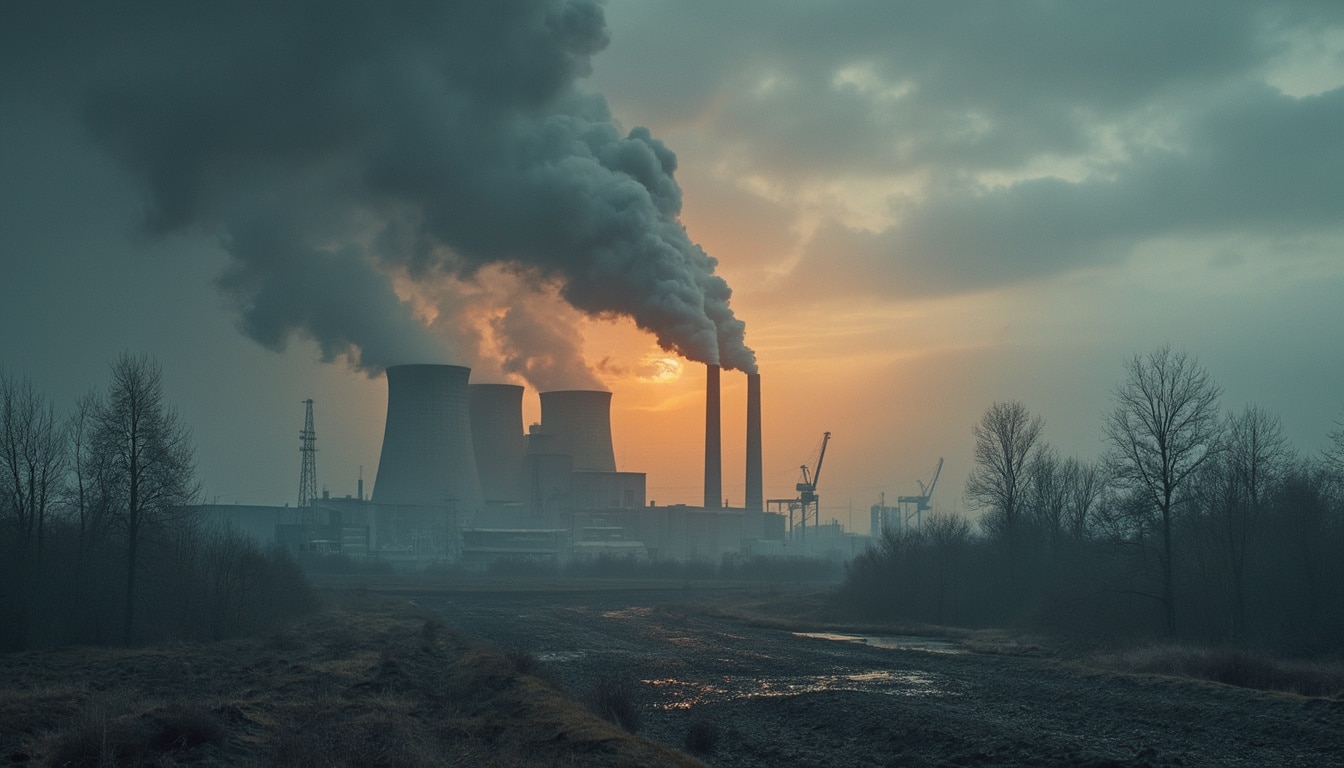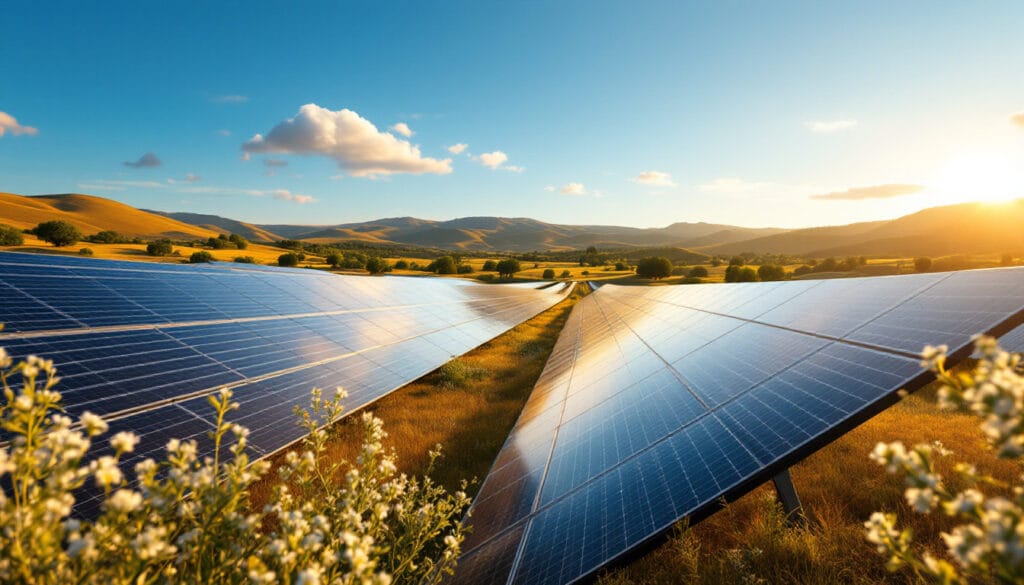Did you know that liquefied natural gas (LNG), often hailed as a transitional solution towards a greener future, could actually be more harmful to the climate than coal? With its seemingly promising lower CO emissions during combustion, this resource conceals a much darker ecological record. Between the methane leaks that occur during its production, its energy-intensive liquefaction processes, and the logistical challenges of its transport, LNG reveals an unexpected and concerning carbon footprint, even exceeding that of coal according to some recent studies.

Table des matières
ToggleThe Ambiguous Role of Liquefied Natural Gas as a Transitional Energy
Liquefied natural gas (LNG) is often considered a viable solution in the transition to a low-carbon economy. This position is supported by the fact that natural gas burns cleaner than coal or oil, emitting less carbon dioxide and harmful particulates. Additionally, due to its liquefied form, LNG can be transported by sea and redistributed globally. However, beneath this promising facade, the reality is much more nuanced. Recent studies highlight that LNG could actually be responsible for more greenhouse gases than previously imagined, partly due to significant methane leaks during its extraction and production.
Challenges of LNG Extraction and Transport
The extraction of shale gas, the main source of LNG in the United States, presents a major environmental challenge due to its poor yields. In the Permian Basin in Texas, extraction conditions promote the release of significant quantities of methane into the atmosphere. This methane, a greenhouse gas 25 times more potent than carbon dioxide in the short term, poses an environmental problem as about 2.8% of the extracted gas escapes without being captured. These leaks, combined with the carbon footprint of the liquefaction of gas and transportation efforts, make the LNG production process concerning, and in some cases, more harmful than coal extraction.
Initiatives to Minimize the Carbon Footprint of LNG
Major energy companies, such as TotalEnergies, are striving to address this issue by committing to a “zero methane leak” goal by 2030. This includes innovations such as the integration of modern sensors to detect leaks and the electrification of liquefaction technologies. However, the carbon footprint of LNG remains variable across geographical regions and specific industrial practices. For instance, the methane leak rate is seven times higher in U.S. facilities compared to the United Arab Emirates. These challenges underscore the crucial importance of regulating and closely monitoring these emissions to maximize the benefits of this transitional energy.





